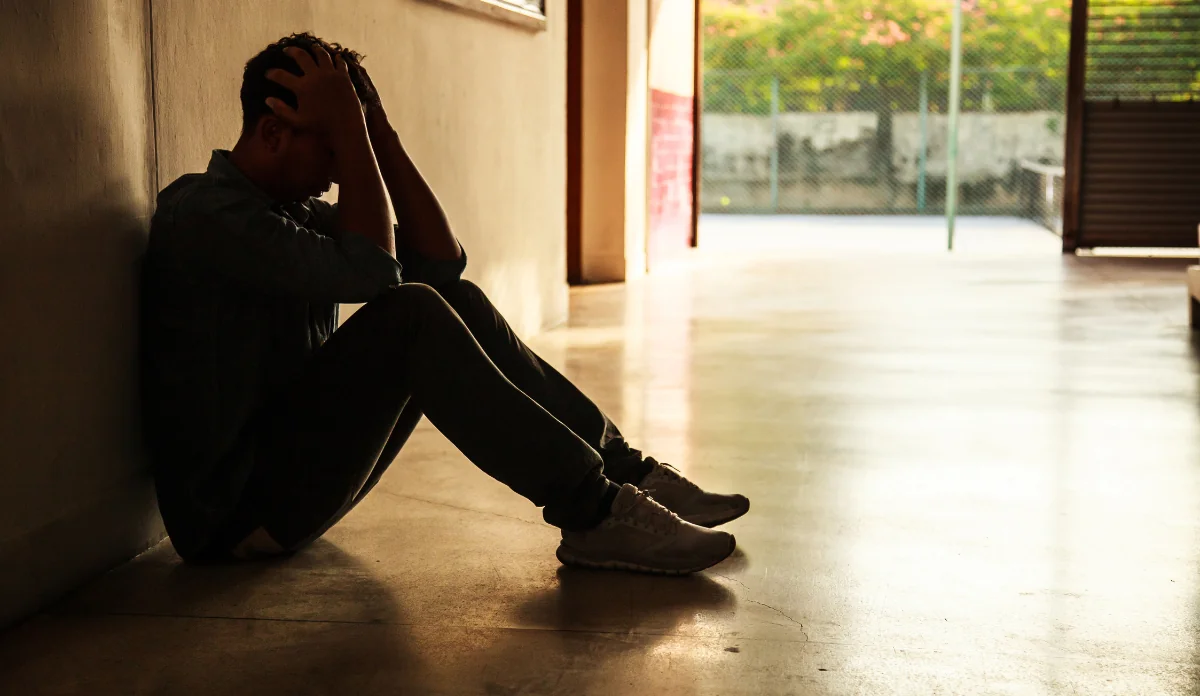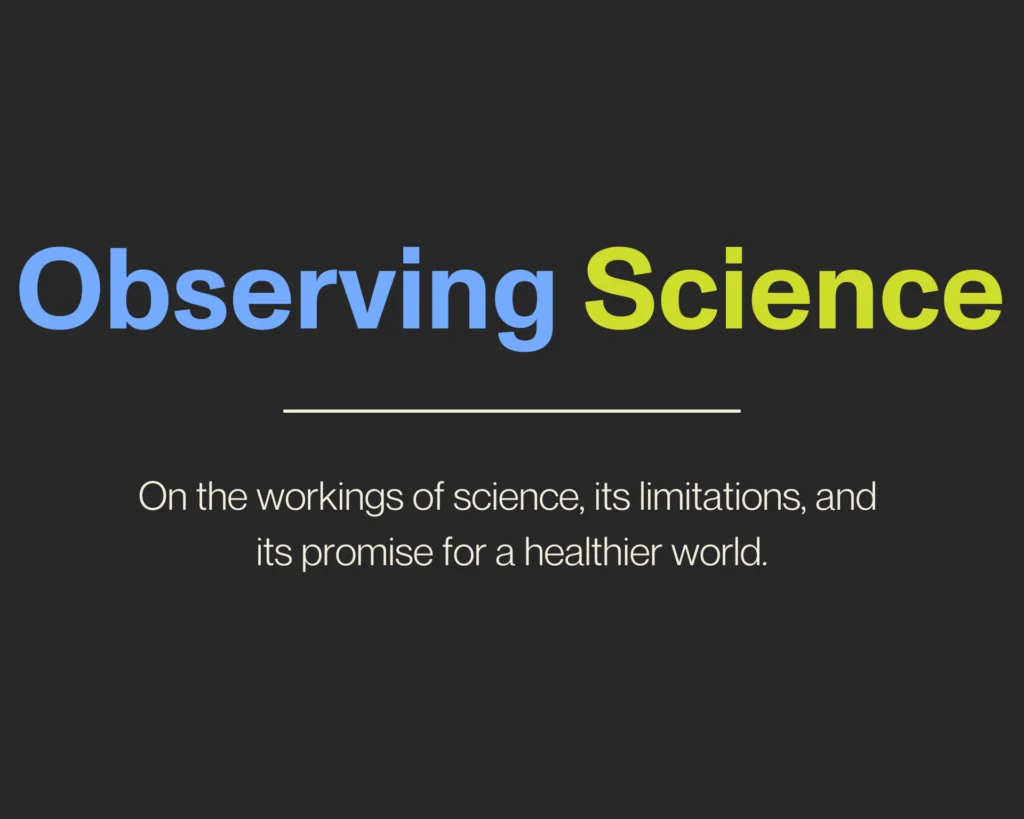Safer Schools Means Better Mental Health Outcomes for LGBTQ+ Students
Intervention is needed at the federal, state, and local levels to address the disproportionate mental health challenges that LGBTQ+ students face inside and outside of the classroom.

Read Time: 4 minutes
Published:
New evidence suggests schools in the United States are becoming less safe for lesbian, gay, bisexual, transgender, queer/questioning, and other LGBTQ+ identified students. Over the last four years, many forms of structural and interpersonal discrimination have increased. As a result, LGBTQ+ students continue to have disproportionately more mental health challenges than their cisgender and heterosexual peers. Federal legislation, coupled with state and local strategies, are needed to protect and improve health outcomes for these 5 million students nationwide.
Harassment towards LGBTQ+ students has been pervasive in both the physical and virtual COVID-19 learning environment, with over 30% of students experiencing online bullying and 29% being forbidden by their teachers from using their chosen name or pronouns in the classroom.
Consequently, LGBTQ+ students are twice as likely than their non-LGBTQ+ classmates to report that bullying, depression, stress, and/or anxiety impeded their learning. In fact, 68% of LGBTQ+ students reported feeling unsafe at school due to their identity, with 40% avoiding bathrooms, locker rooms, and gym classes. Thirty-one percent even missed at least one day of school to avoid harassment.
Unsurprisingly, LGBTQ+ affirming schools produce better mental health outcomes for LGBTQ+ students compared to non-affirming schools. In a 2022 national survey comparing both settings, significantly lower rates of attempted suicide were found in students attending inclusive schools. Typically, affirming schools will have at least a Gender and Sexuality Alliance (GSA) for peer support and programming, and/or an inclusive classroom curriculum that requires positive representation of LGBTQ+ people, history, and culture. Both have been proven effective, with GSAs improving student functioning and inclusive curriculums cutting victimization rates in half.
Despite being beneficial, these strategies aren’t widespread. Only seven states require inclusive curriculum in their public schools, and six states explicitly prohibit these discussions from happening at all. GSAs are also substantially decreasing. Fewer than 40% of students reported having an active group in 2021.
Some researchers suggest a mix of local interventions are sufficient to support the wellbeing of LGBTQ+ students. One study argues that school psychologists have the ethical responsibility to promote suicide prevention by advocating for school-based anti-bullying and nondiscrimination policies, cultural competency trainings, GSAs, and inclusive curriculums.
Other findings suggest that passing state-level anti-bullying and nondiscrimination laws is most effective, as school districts in states with established protections may be more motivated to develop inclusive local programming than those in states without protections. However, it’s worth noting that 24 states offer neither protection. And Missouri and South Dakota have laws that prevent school districts from adopting either.
Preventing discrimination against LGBTQ+ students and improving their mental health requires a bit of everything, especially as dozens of anti-LGBTQ+ state-level bills continue to be introduced.
To supplement local and state-level interventions, federal policies are needed to improve school acceptance, safety, and mental health disparities, particularly in less tolerant school districts.
For example, the Safe Schools Improvement Act (H.R.4332/S.2410), which has been stuck in the U.S. House and Senate Education Committees, would explicitly prohibit harassment and bullying of LGBTQ+ students in public schools nationwide. While it would give local districts the power to create their own procedures for addressing such incidents, it would require them to stay accountable by submitting annual data to the Department of Education and a biennial report to Congress.
If passed, the Equality Act (H.R.5/S.393) would amend the Civil Rights Act of 1964 to prohibit discrimination on the basis of sexual orientation and gender identity in public schools and several other public spaces. With this new protection, LGBTQ+ students who experience harassment could file a complaint requesting intervention from the Department of Justice.
Given the variety of local, state, and federal approaches available, there is debate on which is the best path forward. The truth is that there probably isn’t one right answer.
Preventing discrimination against LGBTQ+ students and improving their mental health requires a bit of everything, especially as dozens of anti-LGBTQ+ state-level bills continue to be introduced. With more than 41% of the LGBTQ+ population living in states without anti-bullying or nondiscrimination laws in their public schools, intervention is urgently needed on the federal, state, and local level.
Photo via Getty Images


